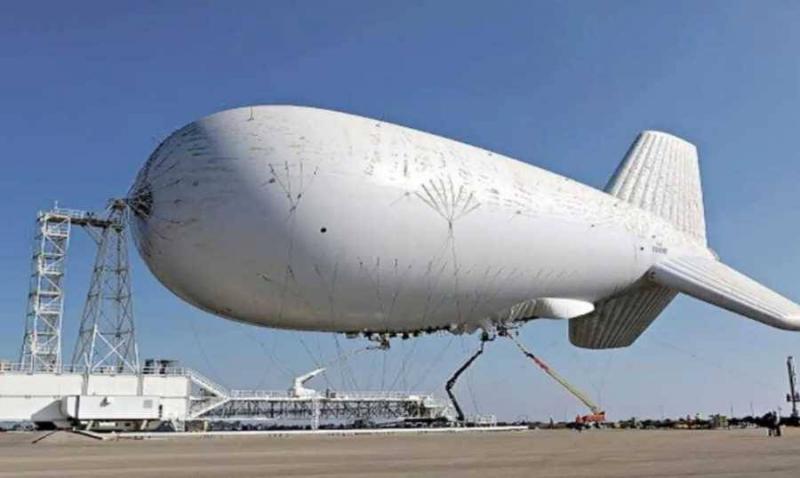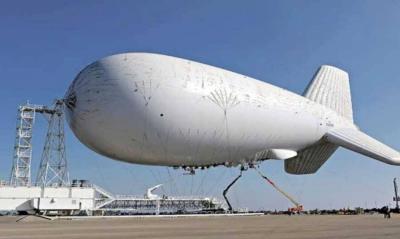The head of the Middle East Studies Center, strategic and military expert retired Brigadier General Hisham Jaber, revealed that the Israeli balloon "SkyDew," launched over Southern Lebanon recently, has been operational since its launch on Sunday, January 7, and immediately began spying and transmitting images.
In a special interview with "Sky News Arabia," Jaber noted that such balloons are used strictly for military purposes, participating in reconnaissance and defensive missions, with a focus on surveillance and information gathering. The "SkyDew" balloon was developed by the Israeli Aerospace Industries, which equipped it with radars, and by the American balloon manufacturer "Tecom," and was handed over to the Israeli Air Force in 2022, according to Israeli media reports.
The balloon's tasks include detecting drones and cruise missiles that may be fired from Iran or Syria, as well as any other small targets that are difficult to detect. The launch of the balloon coincides with the ongoing military escalation of over three months between the Israeli army and Hezbollah along the Israel-Lebanon border.
Jaber added, "The balloon is currently conducting spying missions in the area, after Hezbollah destroyed the espionage cameras that Israel had installed, especially in the eastern sector and the area bordering the occupied Shebaa Farms, and the radar on the strategic Mount Hermon." He stated, "It was expected that Israel would resort to other means for espionage after the operation, including this balloon."
Jaber continued, "This balloon is supposed to be dedicated to surveillance and photography, sending images directly to the Israeli army's operations room, and it has already begun transmitting images," noting that "it is not equipped with weapons or missiles, but it can monitor and capture images from a distance of 30 to 50 kilometers, meaning it can provide continuous monitoring from Naqoura on the Lebanese-Israeli border to the city of Sidon south of Beirut."
He highlighted that "if the balloon moves over the Mediterranean towards Sidon, it could monitor up to Beirut and deep into Lebanese territory," pointing out that "the lower its altitude, the more accurate and clearer the images it captures." Jaber concluded, "Southern Lebanon has witnessed Israeli balloons several times, most of which were not advanced, but the latest one is different, of course, though it can be easily shot down if at a low altitude."




